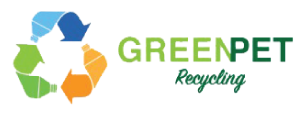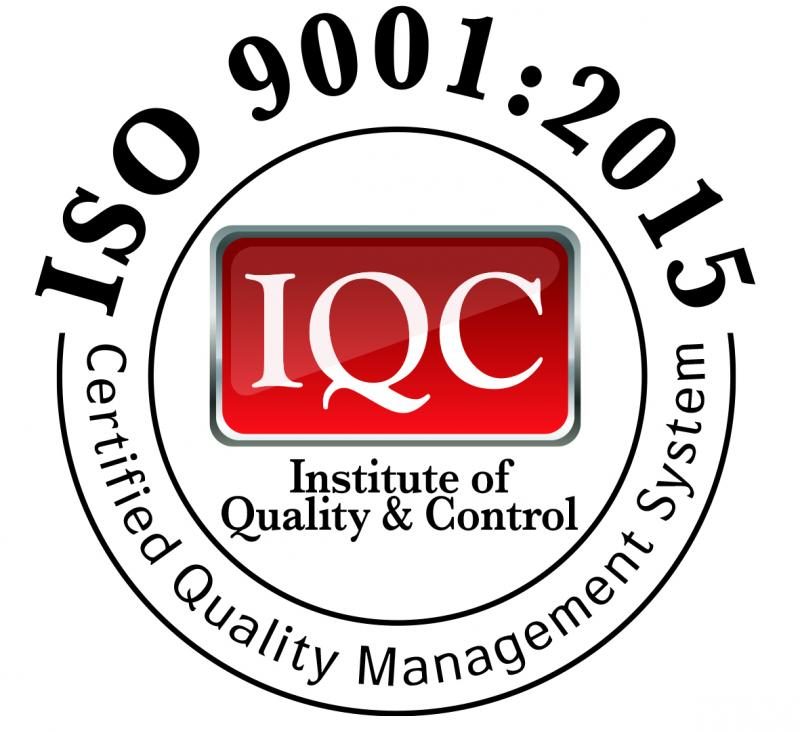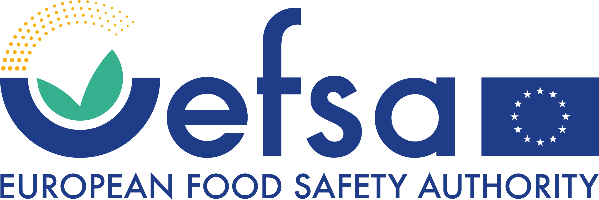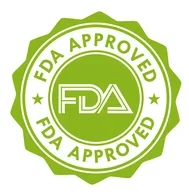Generating recycled raw material is neither easy nor quick. It is a long process comprised of numerous sorting processes, in the aim of ensuring the production of excellent-quality raw material suitable for use in manufacturing products that come in contact with food, and in compliance with rigorous standards.
The whole plastics industry is looking for good quality recycled raw material. One that will have permanent features, will not cause problems during the manufacturing process and will not cause frequent condition changes and long set-ups, will yield quality products with good mechanical properties, and in short be a doll of plastic!
An unattainable dream?
However, “getting your hands” on such recycled raw material is often an unattainable dream. What’s more, recycled raw material suffers from quite a negative image, almost the antithesis of the above description of the sought after material. This strongly deters plastic manufacturers from stepping into the unknown at the risk of encountering problems when shifting to manufacturing processes that use significant amounts of recycled materials. Many manufacturers prefer to put off this adventure, until regulation dictates otherwise. This was the case until the Green PET Recycling plant opened its gates in the beginning of 2020, manufacturing quality recycled raw materials for industrial use in Israel and abroad.
How do we ensure high-quality recycled raw material?
In fact, it all starts with us. To ensure high-quality recycled plastic we must adopt the habit of separating our waste already at source, at home. No longer throwing everything into the regular green bins, but rather separating paper, plastic, wet and organic waste, packaging and glass into their designated garbage bins. It is important to understand that when every type of waste is sorted into its designated bin, the stream of specific waste that reaches the recycling facility is already cleaner, providing a better recycling start point.
Many types of plastic
We separated the plastic from the other waste – Great! Now let’s move on to the next stage, with an understanding that there are many different families of plastic. Thus, a plastic beverage bottle is not the same as a liquid detergent plastic container, as they are made of different polymers. This is why it is important to separate plastic beverage bottles from other plastic packaging, and also where regulation comes in, aimed at optimizing the stream of PET bottles through the deposit laws legislated by the state in the hope of generating a constant and quality stream of PET bottles intended for recycling.
What happens to the waste?
All the waste streams ultimately reach the facilities that handle them, for example some are buried in landfills and some burned in incinerators. The stream of plastic waste we receive at Green PET Recycling, in bulk or packed in bales, begins a long process, ending with the production of a high-quality recycled finished product. Our recycled finished product is in compliance with all rigorous international standards, including those adopted by the American FDA, the European EFSA and the global FSSC 22000. The recycled PET also received approval for food-contact use, a highly stringent standard.
Precise sorting is the secret
The path to quality recycled material begins with a long series of sorting processes, in the aim of separating the different types of plastic and sorting out unwanted materials such as paper and metals. At Green PET Recycling the waste is transferred to a gravitational separation facility where the plastic is separated from lightweight materials such as wood, carton, stretch film and more.
The next separation process entails the separation of metals, labels and bottle caps, as well as perforation to reduce container volume. This is a very important stage, as it is strictly forbidden for containers that come in contact with food to contain metal. Moreover, Labels and caps impair the quality of recycled material, primarily that which is intended for transparent products.
The waste now reaches the important and critical stage in which the plastic is separated into the different polymers: PET and other types of polymers. The plastic is also separated by color. The transparent plastic is separated from the color plastic, as the former will ultimately be used as raw material for transparent products while the latter will be used as raw material for dark opaque products. This separation process is automated, carried out on a conveyor belt moving at the speed of 80 km/h, and combines the use of two technologies: laser and NIR radiation.
Despite all the automated systems, manual sorting is also important. While costly and time consuming, it reduces the automated system detection errors and increases the quality of the final recycled material.
After these sorting processes the waste undergoes washing, shredding and rinsing from all the chemicals and solvents used to clean it, followed by separation of the dust created in the shredding process and a drying process. The flakes obtained undergo a final very precise sorting process to ensure production of the highest quality finished raw material at the end of the professional recycling process.





